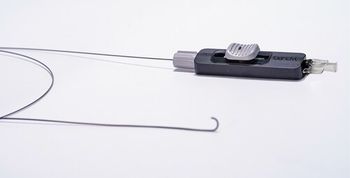
PCPs lead way with increasing EHR adoption
Physician practices are steadily adopting electronic health records (EHRs), according to recent reports, and primary care physicians are leading the pack. More than 40% of practices now use EHRs, with more than 2,200 already having attested to meaningful use. Who are they and how did they do it?
Physician practices are steadily adopting electronic health records (EHRs) according to two recent reports.
As of July, 2,246 eligible professionals (EPs) had attested to meaningful use, reported Robert Tagalicod of the Centers for Medicare and Medicaid Services (CMS) at the August
The rising number of practices using EHRs bodes well for steady increases in the number attesting to meaningful use. Overall, 40.4% of physician offices reported using EHRs in July compared with 38.7% in October 2010, according to
Practices with three to five physicians increased their use of EHRs the most, posting a rise of 4%, to 51%. Adoption rates rose rapidly as the number of physicians in an office increased, with a low of 30.8% of sole practitioners reporting using EHRs versus 75.5% of practices with more than 26 physicians.
Approximately 30% of practices with EHRs used electronic notes, e-prescribing, or electronic labs and x-rays, but only 25% used all three. Adoption rates varied by region, with the highest rates in the North (42.4%) and the lowest in the East (37.3%). Minnesota led the nation with nearly 62% of physicians using EHRs. New Jersey had the fewest practices using EHRs at 30%.
Newsletter
Stay informed and empowered with Medical Economics enewsletter, delivering expert insights, financial strategies, practice management tips and technology trends — tailored for today’s physicians.















